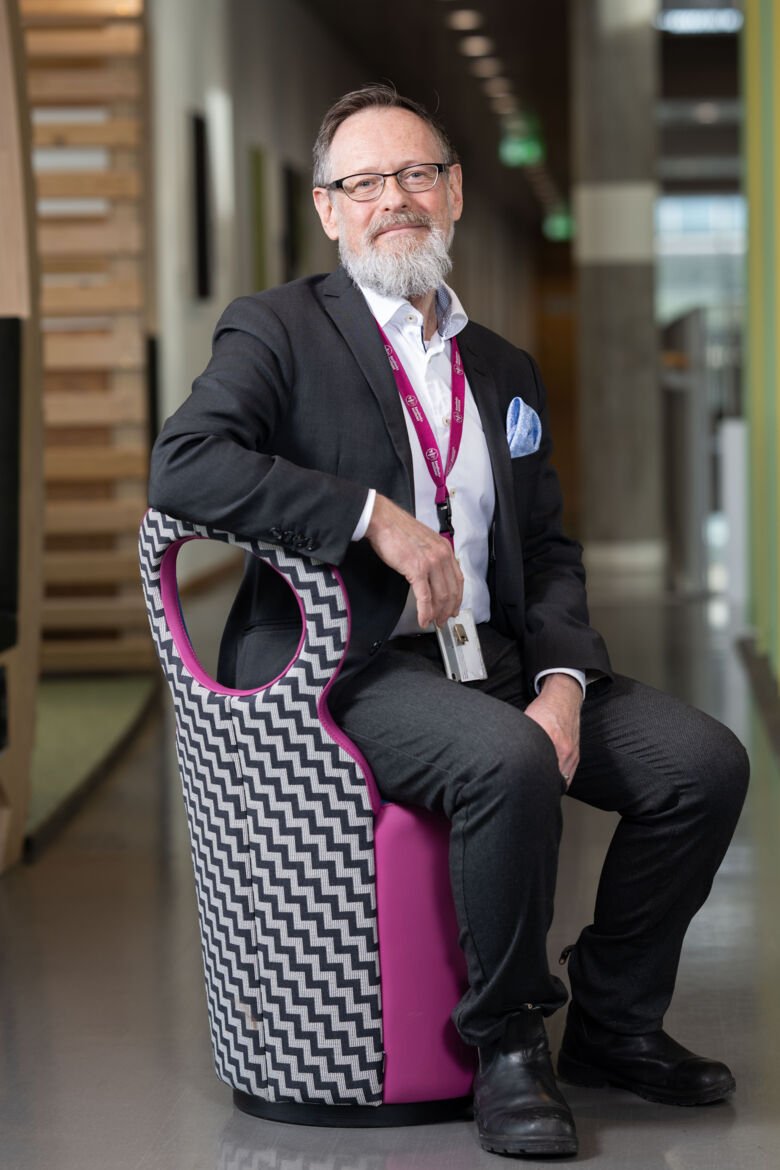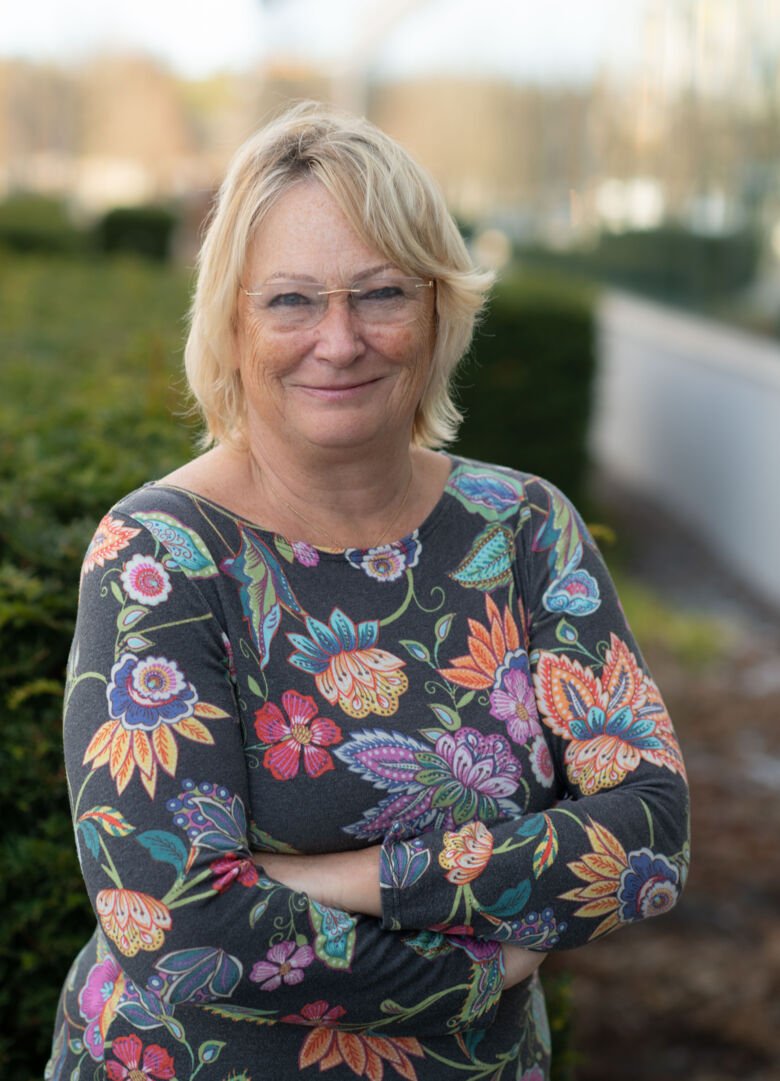Nursing at NVS considered among best in the world
When the Division of Nursing became part of NVS in 2006, it saw a sharp increase in the number of employees and a substantial increase in the number of students.
When the Stockholm College of Health Sciences became part of KI in 1998, most parts of it were integrated into KI’s existing departments. But nursing chose to form its own institution instead.
The Zanderska Building - a new premises

Initially, the Division of Nursing was spread out at a number of locations. While waiting for a solution, parts of the Division were located in temporary blocks in Solna. It was not until 2002, when the Zanderska Building was completed in Flemingsberg, that the Division gained a single premises. It was built to accommodate research and training premises for nursing, physiotherapy and occupational therapy with seminar and group rooms, gymnasiums and ergonomics labs.
At the beginning of 2006, the Division of Nursing was incorporated into the then Neurotec, which then also changed its name to NVS, to better reflect its expanded field of activity.
Lars E Eriksson trained as a nurse in the mid-1980s at the Stockholm College of Health Sciences. In 1998, he became a doctoral student at the Division of Nursing and became one of the first nurses to receive a doctorate there.
Following his defence, he soon received a series of leadership assignments, including as Director of Studies with responsibility for postgraduate education and Deputy Head of Department. In 2021, he became a professor of nursing.
“It was a turbulent period when we at the Department of Nursing merged with the Neurotec Department and formed NVS. We went from being a fairly small deparment within KI to a large division within NVS, which in turn was a very large department within KI. We had another turbulent period when we lost our examination rights for nursing. We had to work hard to regain it and since then, we’ve grown and today we’re ranked as world-leading in terms of training and research.”
In addition to the nursing programme, Eriksson also has a qualification in biochemistry, which has given him a unique orientation in nursing research. His research has focused on three main tracks: stigma and quality of life in patients with various chronic diagnoses, early detection of lung cancer, and organisational research on a better working environment in healthcare.
Since 2013, he has also been a professor at City, University of London, which has created an exchange of knowledge primarily between the two universities’ nursing programmes.
Strategic investment improves research
In conjunction with KI losing its right to award degrees for nursing in 2010, a special strategic investment was made to strengthen the link with research. Teaching staff were given the opportunity to start their own research training, and they were given time for their own research and funds to hire postdoctoral fellows.
During this time, Ann Langius-Eklöf was recruited from Örebro University as Head of Department for Nursing.
“Without the strategic investment in increasing research and strengthening the relationship between training and research that was made in 2010, we wouldn’t be as strong as we are today. A fantastic recovery took place.”

The investment was in the order of approximately SEK 21 million and was considered to have produced extremely favourable results in an evaluation that was carried out a few years later. The grant resulted in a large number of publications and several major external research grants.
In 2022’s Shanghai ranking, nursing research at NVS came fourth out of approximately 300 universities in the world.
Today, the department conducts research to improve patient participation and safety in the pursuit of more person-centred care. Research includes areas such as mHealth, (mobile health apps for remote diagnosis and health monitoring), fundamental care needs, ambulatory care, support for relatives and method development.
The area is extremely broad, includes all patient groups, and is conducted at other institutions KI in addition to NVS.
Ann Langius-Eklöf’s own field is within mHealth, where she developed an app to strengthen person-centred care for cancer patients with both self-care advice and functions for follow-up. She also conducts research based on the concept of KASAM, i.e., how the sense of context affects our experience of quality of life.
The concept can become the basis for better incorporating patients’ perspectives in the development of tomorrow’s precision nursing, or precision health.
Today’s Division of Nursing houses seven research groups and several project groups. Research spans everything from basic research to clinical intervention and implementation studies.
TEXT: Magnus Trogen Pahlén
